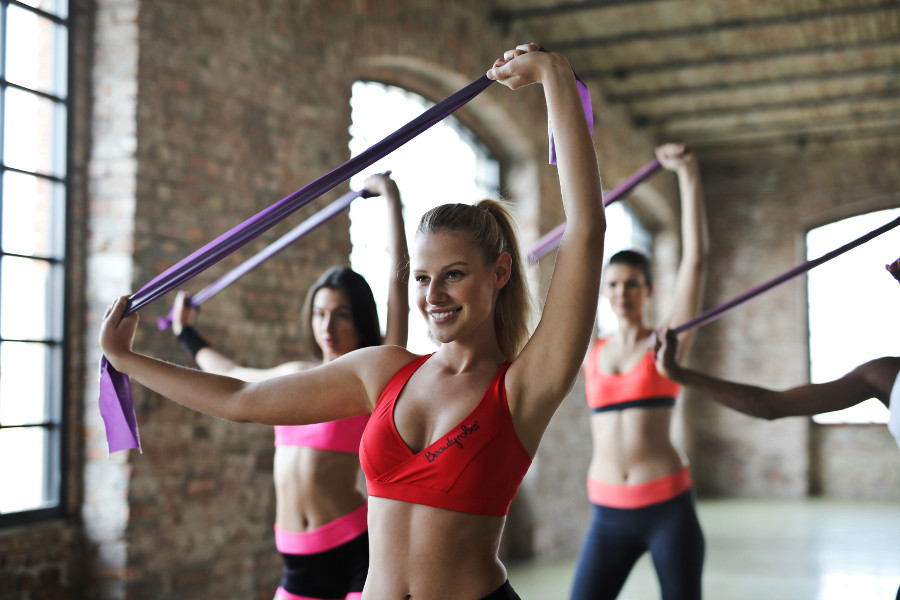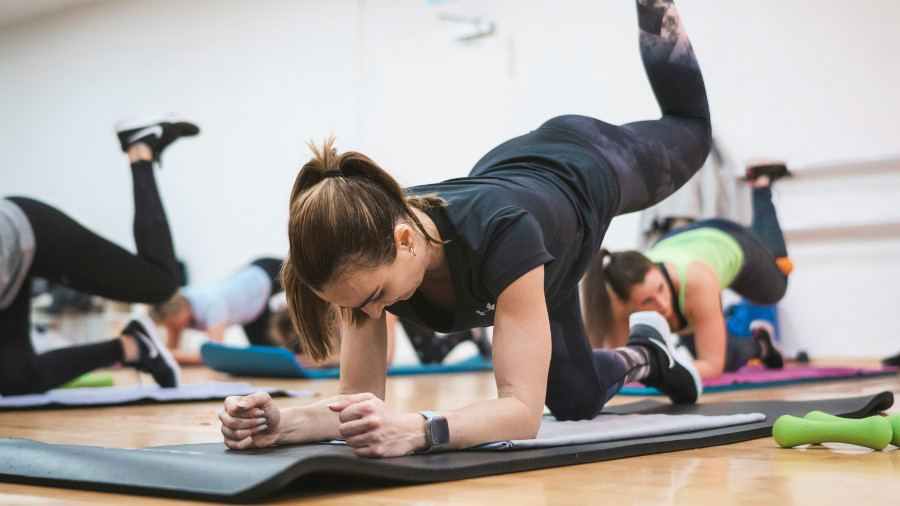How to Join a Fitness Class to Start a Healthier Lifestyle: Essential Tips and Guidance
Joining a fitness class can feel both exciting and a bit overwhelming at first. Whether you’re stepping into your very first session or returning after a break, knowing what to expect helps ease any nerves. From choosing the right class type to what to wear and how to get the best results, these insights cover all the essentials. With the right approach, fitness classes can become a fun, rewarding part of your routine and a boost for your wellbeing.

What types of fitness classes are available?
Fitness classes come in all shapes and sizes, designed to suit different tastes and goals. There are lively cardio classes like Zumba and spinning that get your heart racing and calories burning. Then you have strength-based sessions such as body pump or kettlebell workouts, perfect for building muscle and toning up. Mind-body classes like yoga and Pilates offer a gentler approach, helping you improve balance, flexibility, and core strength. You’ll even find dance, martial arts-inspired, and functional training classes out there. Whatever your aim – whether it’s losing weight, gaining strength, or just having fun – there’s something for everyone waiting to be discovered.
Do I need any prior experience or fitness level to join?
The great thing about most fitness classes is that they welcome all levels, from complete beginners to seasoned pros. You don’t have to be an expert or in perfect shape to join in. Many instructors offer beginner-friendly versions of exercises, making it easy to ease your way into the routine. If you’re just starting or coming back after a break, a quick word with the instructor before class helps them guide you safely. So don’t worry about your experience – these classes are about progress, not perfection.
What should I wear and bring to class?
When heading to class, comfort is key. Think breathable, flexible clothes that let you move freely – moisture-wicking fabrics are always a good call. Supportive sneakers are a must for most classes, but for yoga or Pilates, you might go barefoot or wear special socks. Bring a water bottle to stay hydrated and maybe a small towel for sweat. Some classes require mats or other equipment, so check ahead if you need to bring your own or if it’s provided. Most importantly, bring a positive mindset and the readiness to have a good time.
Do I need to register for a class before arriving?
It’s usually best to book your spot ahead of time, especially for popular classes. Many gyms and studios offer online registration to make it simple. Signing up beforehand helps instructors plan and ensures you don’t miss out on space. Some places allow drop-ins but can’t always guarantee a spot, so it’s worth checking the policy before you go. Pre-registration often means you’ll get reminders and all the info you need to make the most of your session. It’s a small step that saves a lot of hassle.

How early should I arrive before the class starts?
Arriving about 10 to 15 minutes early gives you plenty of time to get settled without rushing. You can check in, set up any gear, and maybe introduce yourself to the instructor. This also lets you mention any health concerns or special needs before the class kicks off. Getting there early helps you start relaxed and ready, so you won’t miss important warm-ups or instructions. Plus, it’s respectful to the group and keeps the class running smoothly.
What is a typical class structure and duration?
Most fitness classes last around 45 to 60 minutes, though some might be shorter or longer depending on the focus. Usually, the session begins with a warm-up to gently prepare your body. Then comes the main workout – whether that’s cardio, strength training, stretching, or a mix. Toward the end, there’s a cool-down to help your muscles relax and reduce soreness. Instructors often weave encouragement and tips throughout, making the class balanced, effective, and enjoyable. It’s a rhythm that helps you get the most out of every minute.
Is the class suitable for beginners or people with limitations?
Many classes are designed to be inclusive and adaptable. Instructors often provide alternatives to moves so everyone can participate safely, whether you’re new to exercise or managing physical limitations. If you have health issues or injuries, it’s a good idea to chat with the instructor beforehand. There are even specialized classes for seniors, pregnant women, or those with mobility challenges. The key is clear communication and listening to your body – fitness is for everyone, as long as you move in a way that feels right for you.
Do I need any special equipment or can I use the gym's gear?
Depending on the class, you might need some gear, but often the gym provides what you need – things like mats, dumbbells, or resistance bands. Some classes ask you to bring your own mat or personal items for hygiene reasons, so it’s smart to check ahead. Having your own equipment can be more comfortable, but it’s not always necessary. At minimum, just bring good workout clothes and shoes. The rest will usually be taken care of, so you can focus on the workout itself.

Will I get personalized attention or modifications if needed?
While group classes can’t always give one-on-one coaching, good instructors do their best to offer modifications during the session. If you need specific adjustments, it helps to tell them before class starts. Smaller class sizes often mean more personal guidance, but larger groups might limit this. For tailored coaching, personal training is the way to go. Still, instructors usually keep an eye out and suggest safer or easier versions of moves, so you can participate fully and confidently.
How often should I attend to see progress?
Consistency is where the magic happens. Attending classes two to three times a week is usually enough to notice improvements in strength, endurance, and overall fitness. Beginners might start with fewer sessions and build up gradually, balancing exercise with rest days to avoid burnout. Progress also depends on your diet and lifestyle, not just workouts. Listening to your body, staying patient, and making fitness a regular part of your routine will bring the best results over time.
Is there a trial class or free pass to try before committing?
Many studios offer free trial classes or passes so you can see if a class suits you without any pressure. These trials are usually a one-time chance to experience the atmosphere and teaching style. Some require you to register in advance, so it’s worth checking online or calling ahead. Trying a class for free is a smart way to find your fit before signing up. It takes away guesswork and helps you feel confident about your decision.
Are there free locally organized events where the public can try a fitness class outdoors (e.g. city park, city square)?
Yes, lots of communities host free outdoor fitness events in parks, squares, or community centers, especially in spring and summer. These can be yoga sessions, boot camps, dance classes, or tai chi – all open to the public and led by local instructors or organizations. Such events encourage wellness and offer a relaxed, social way to try something new without joining a gym. Keep an eye on community boards, social media, or city websites to find these chances. They’re a wonderful way to connect with others and enjoy fitness in the fresh air.
Here are a few useful resources for further reading:
Enjoy your journey towards a healthier life.



